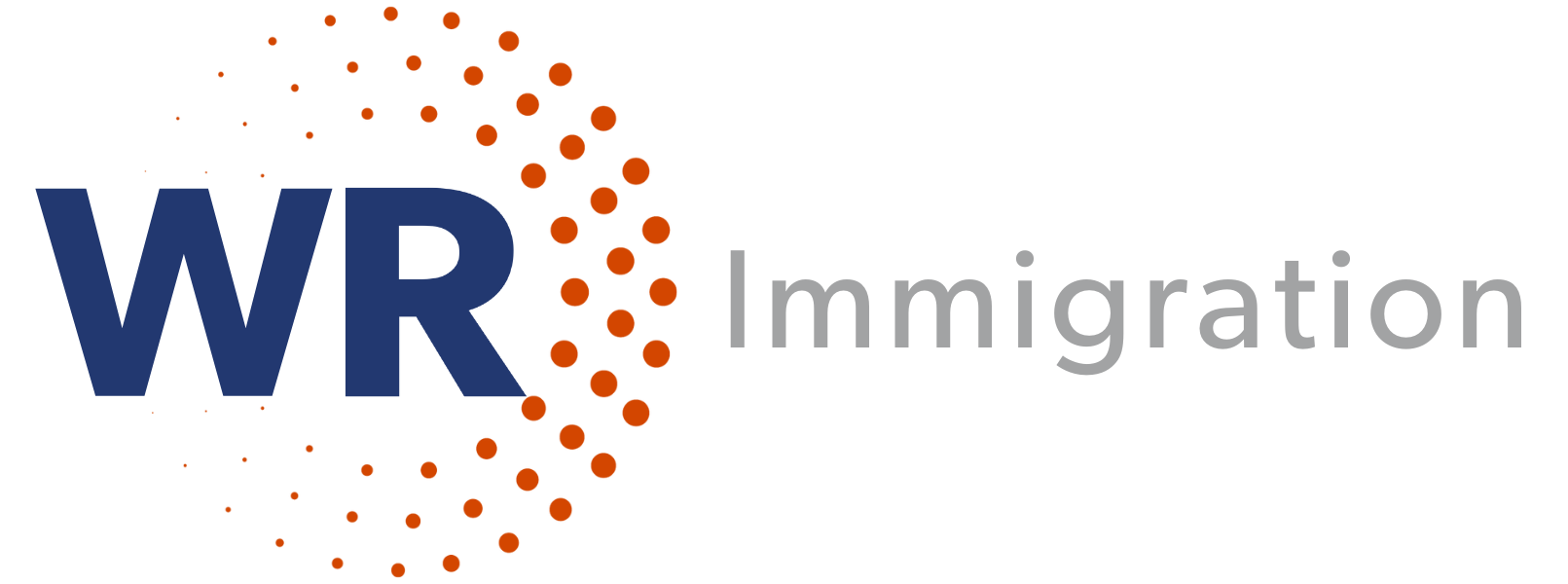For audio listeners, you can listen to our audio version of the News Digest here. You can also join our Immigration News Digest Newsletter here.
U.S. Federal Government Shutdown: What to Expect
At 12:01 a.m. Wednesday, funding for federal agencies lapsed after Congress failed to pass a stopgap spending bill, triggering a government shutdown. While essential work continues, many government functions have slowed or stopped, and more than 750,000 federal workers are expected to be furloughed without pay until new funding is passed.
A 2019 law guarantees back pay for federal employees once the shutdown ends, but private contractors are not covered. The length of this shutdown, and whether it lasts days or weeks, will determine how disruptive it becomes for agencies, employers, and employees.
USCIS
- Core casework like H-1B petitions and green card filings will continue since USCIS is fee-funded.
- Reduced staffing will still mean slower processing.
- Programs dependent on appropriations, including E-Verify, SAVE, J-1 waivers, and USCIS grants, are at risk of suspension.
- Cases requiring input from other agencies may face bottlenecks.
Department of Labor (DOL)
- The FLAG system is now offline, which will not allow for LCA, PERM or Prevailing Wage Request submission, until the shutdown ends.
Department of State / Consular Services
- Passport and visa services remain open for now but could slow significantly in a prolonged shutdown.
- Prolonged shutdowns often cause reduced staffing, longer wait times, and growing backlogs.
E-Verify
- E-Verify, myE-Verify, and E-Verify+ are unavailable although E-Verify had been accessible the morning of October 1st for a very short period of time. While E-Verify is unavailable, employers will not be able to access their E-Verify accounts.
- Employers need to prepare for interruptions in new hire verification and Status Change Reports for parole program EAD card expirations. This includes keeping track of all E-Verify cases that were not able to be created during the shutdown so that the E-Verify cases may be completed once E-Verify program resumes operations.
- Telephone and e-mail customer support services for the E-Verify program and related services are also unavailable.
- Employers must continue to complete and retain Form I-9, Employment Eligibility Verification within the required time period.
- Employers using the alternative procedure for the remote examination of employees’ I-9 documents may continue to do so provided that the employer remains enrolled in good standing in E-Verify.
- Employees cannot resolve E-Verify Tentative Nonconfirmations (mismatches) during the shutdown. Employees with a Social Security Administration mismatch must wait until E-Verify resumes operations in order to visit an SSA office to resolve the mismatch.
Travel & Borders
- CBP officers and TSA staff are essential, so airports and borders stay open.
- Longer security lines, slower inspections, and staffing shortages are expected as these employees work without pay.
- Amtrak trains continue running, though infrastructure projects may be delayed.
- Employees traveling on business or work visas should carry extra documentation (invitation letters, proof of employment, petition copies) to reduce risks at inspection.
Other Government Services:
- ICE enforcement operations continue as normal.
- Social Security, Medicare, and Medicaid payments continue, though benefit verification could pause.
- SNAP (food stamps) will keep operating temporarily, but WIC could face program pauses.
- Military personnel continue working; veterans’ services largely remain intact.
- National parks, museums, and the Smithsonian may stay open temporarily using prior-year funds, though services may be limited.
Impact: The government shutdown has real consequences for immigration processing, hiring plans, and employee mobility. Employers need to anticipate delays with Department of Labor functions, the possibility that E-Verify could pause without notice, and greater uncertainty around travel. To stay ahead, in-house teams should monitor government systems closely, build backup plans for critical filings, and keep employees informed about potential disruptions.
Agency Guidance on $100,000 H-1B Fee Proclamation
Federal agencies have released guidance following President Trump’s proclamation requiring a $100,000 fee for certain H-1B petitions filed for workers outside the U.S. USCIS issued an FAQ outlining which petitions are included and excluded, and confirmed that additional regulatory steps are coming. These include a Department of Labor rulemaking to raise prevailing wage levels in order to “upskill” the program, and a Department of Homeland Security rulemaking to prioritize higher-paid workers in the H-1B lottery.
The Department of State also published a related FAQ and instructed consulates to follow consistent procedures, while CBP clarified that the new fee applies only to new petitions filed on or after September 21, 2025. Petitions filed before that date are unaffected, and CBP emphasized that any reports to the contrary are incorrect. The White House also released a fact sheet summarizing the administration’s position.
Impact: These changes mark a significant shift in H-1B policy. Employers should anticipate potentially substantially higher costs for certain petitions, prepare for tighter restrictions on lower-wage roles, and expect more regulatory changes in the months ahead. Clear communication with leadership and affected employees will be essential as this policy and legal challenges evolve.


